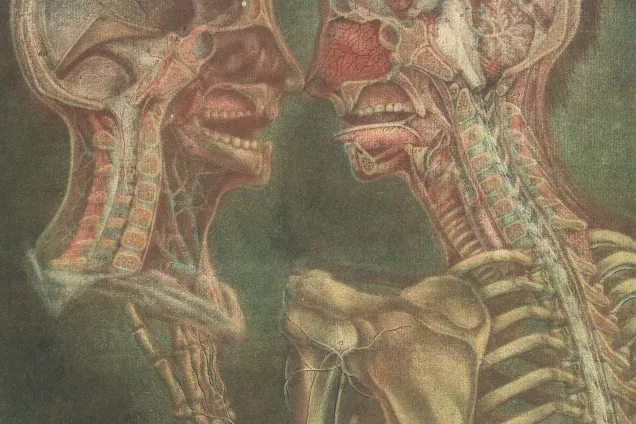The sky in motion
On Earth the sky appears to be blue. Why is that?
The white light from the Sun is in fact made up of all the different colours of the rainbow. When the sunlight enters the atmosphere, some of it gets scattered off molecules. Light of shorter wavelengths, that is to say blue light, is scattered more than light of longer wavelengths.
År 1914 installerades astrografen, en refraktor med en objektivdiameter om 18 centimeter. Astrografen användes ursprungligen för identifikation av småplaneter. Senare användes den för fotografiska och visuella studier av stjärnor och planeter. Astrografen försågs också med ett objektivprisma, med vars hjälp spektroskopiska observationer kunde göras. Under senare år har astrografen blivit ett utmärkt övningsinstrument.
Som komplement till meridiancirkeln anskaffades ett mindre passageinstrument. Passageinstrumentet användes senare i undervisningen.
En seismograf installerades år 1916. Seismografiska studier var under många år en viktig del av observatoriets verksamhet. Resultaten blev också mycket uppmärksammade. I mitten av 1950-talet avslutades dock denna del av institutionens arbete.
I och med introduktionen av moderna spegelteleskop blev refraktorn mindre aktuell för forskningsändamål. Delar av instrumentet, användes för konstruktion av en s k heliostatanläggning. Denna har använts för utveckling av instrumentering. Vidare har den i stor omfattning utnyttjats som övningsinstrument.

Astronomy
Astronomy, astrophysics, space science and instrumentation

CBBP
Computational Biology & Biological Physics

Theoretical particle physics
Theoretical particle physics
This means that as we look around, we see more blue light than red bouncing around in the atmosphere. The sky appears to be blue. If the Earth had no atmosphere, we would be able to clearly see out into space during the day. Instead we have scattered solar light bouncing around, drowning out the faint light of the distant stars.
We have already seen that the sky appears to rotate above our heads. The stars move from east to west during the night. But how do the heavens change over longer periods of time?
Tonight at 9pm the sky outside will look something like this. Let’s ask the Planetarium to show us our location on the Earth and what time it is. Now let’s ask the planetarium to move us nine months forward in time and observe what happens.
We see that some objects are moving with respect to the stars. The Moon is travelling the fastest, and if we look carefully we can see that its phase changes as it moves across the sky. A few of the small starry lights appear to be moving as well. These are in fact not stars, but planets, and this is precisely how they once got their name. The word 'Planetes' is in fact ancient Greek for 'wanderer', and refers to the fact that the planets are moving with respect to the stars. Five of the planets are visible in the sky to the naked eye: Mercury, Venus, Mars, Jupiter and Saturn. Remember that planets do not shine of their own accord, but only reflect the light of the Sun. Uranus and Neptune are far away, and therefore shine too faintly to be seen without the help of binoculars or a telescope.

